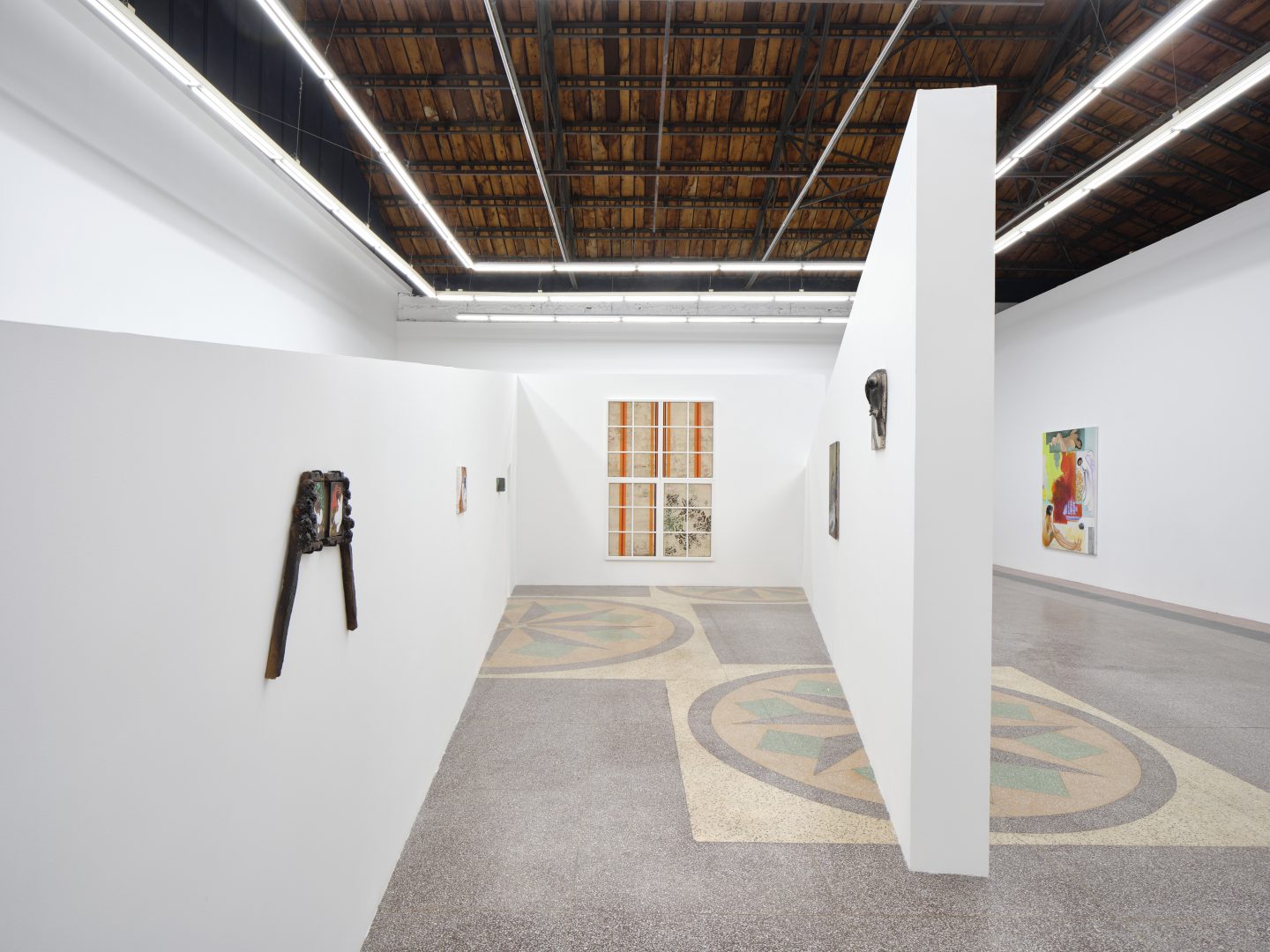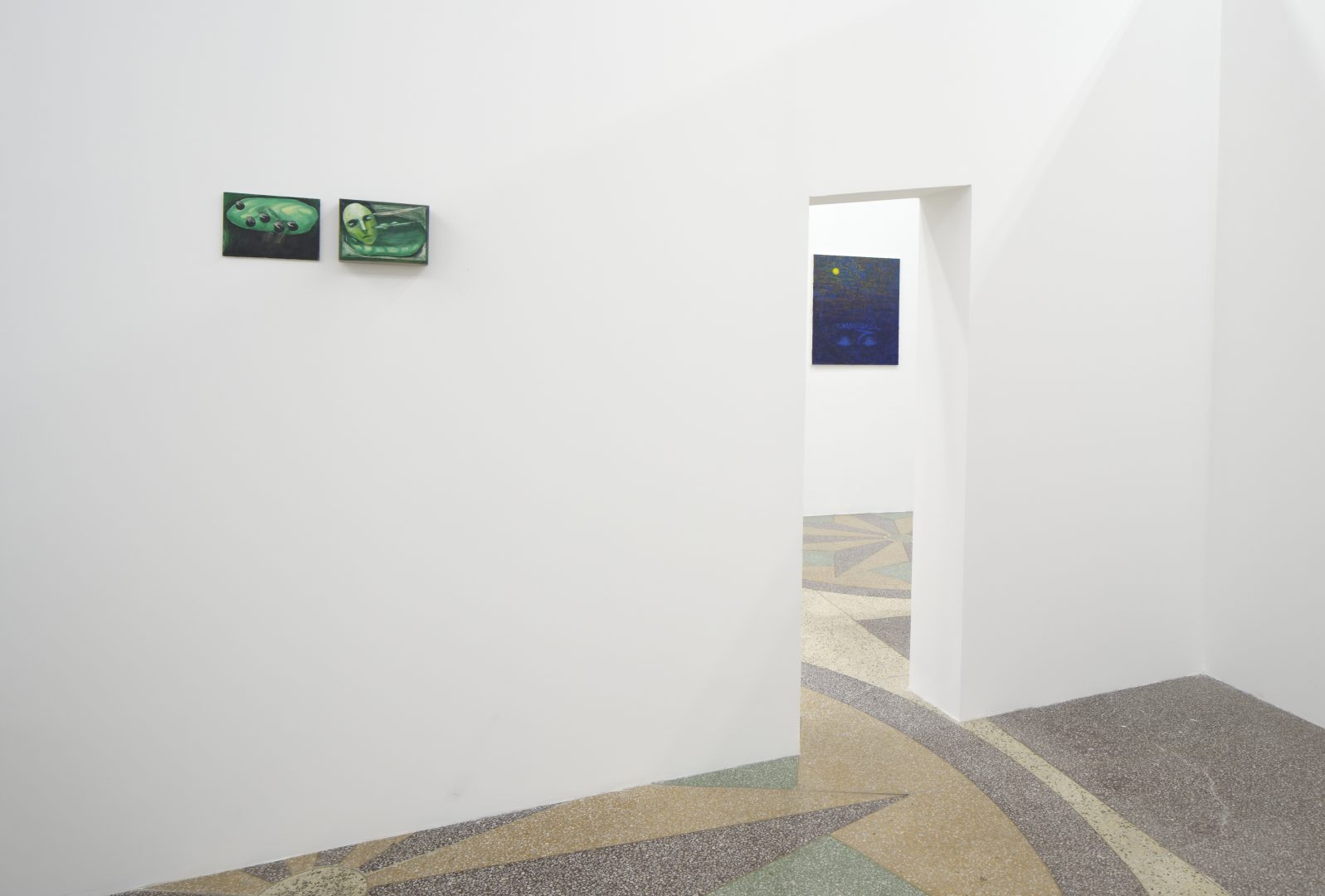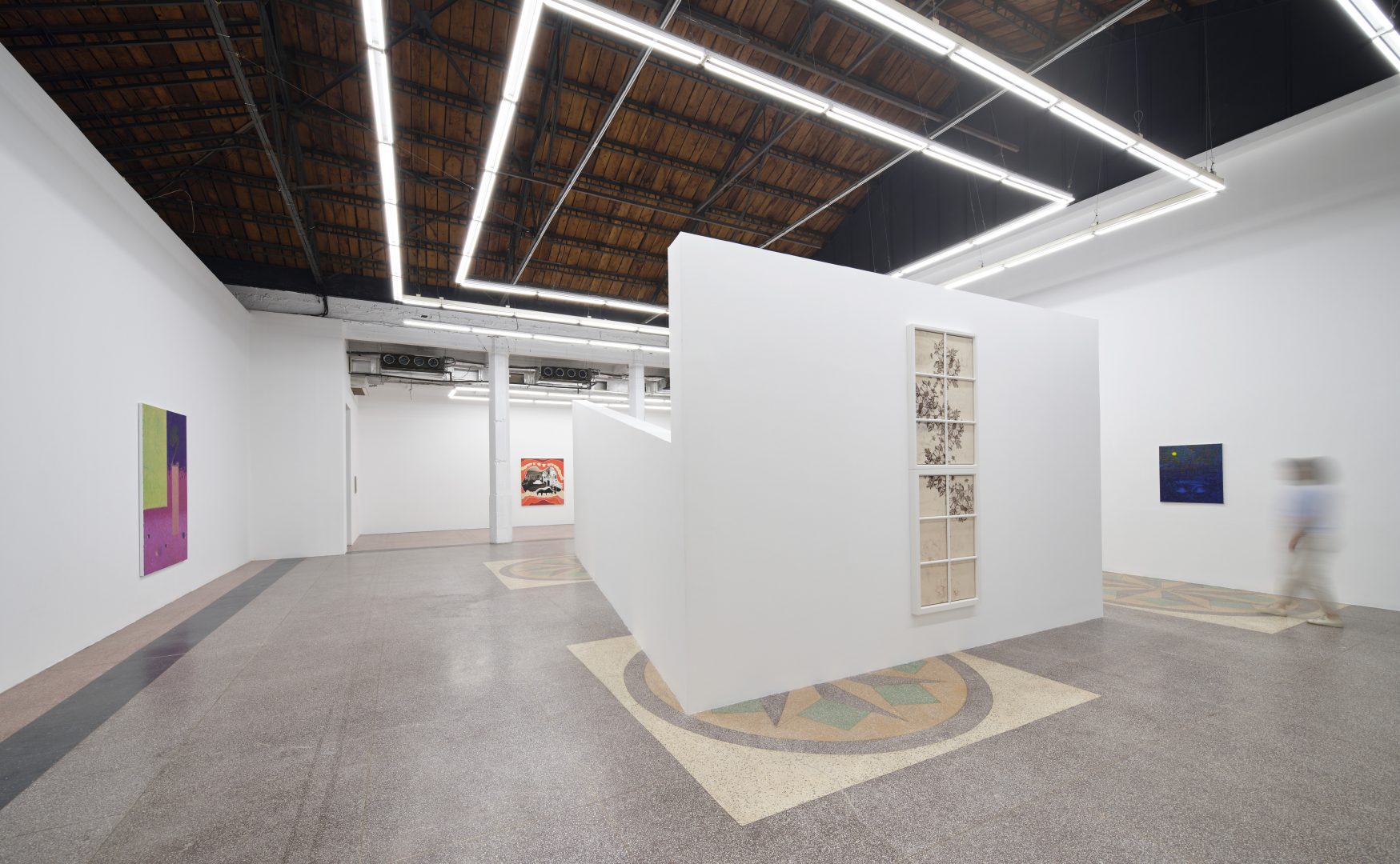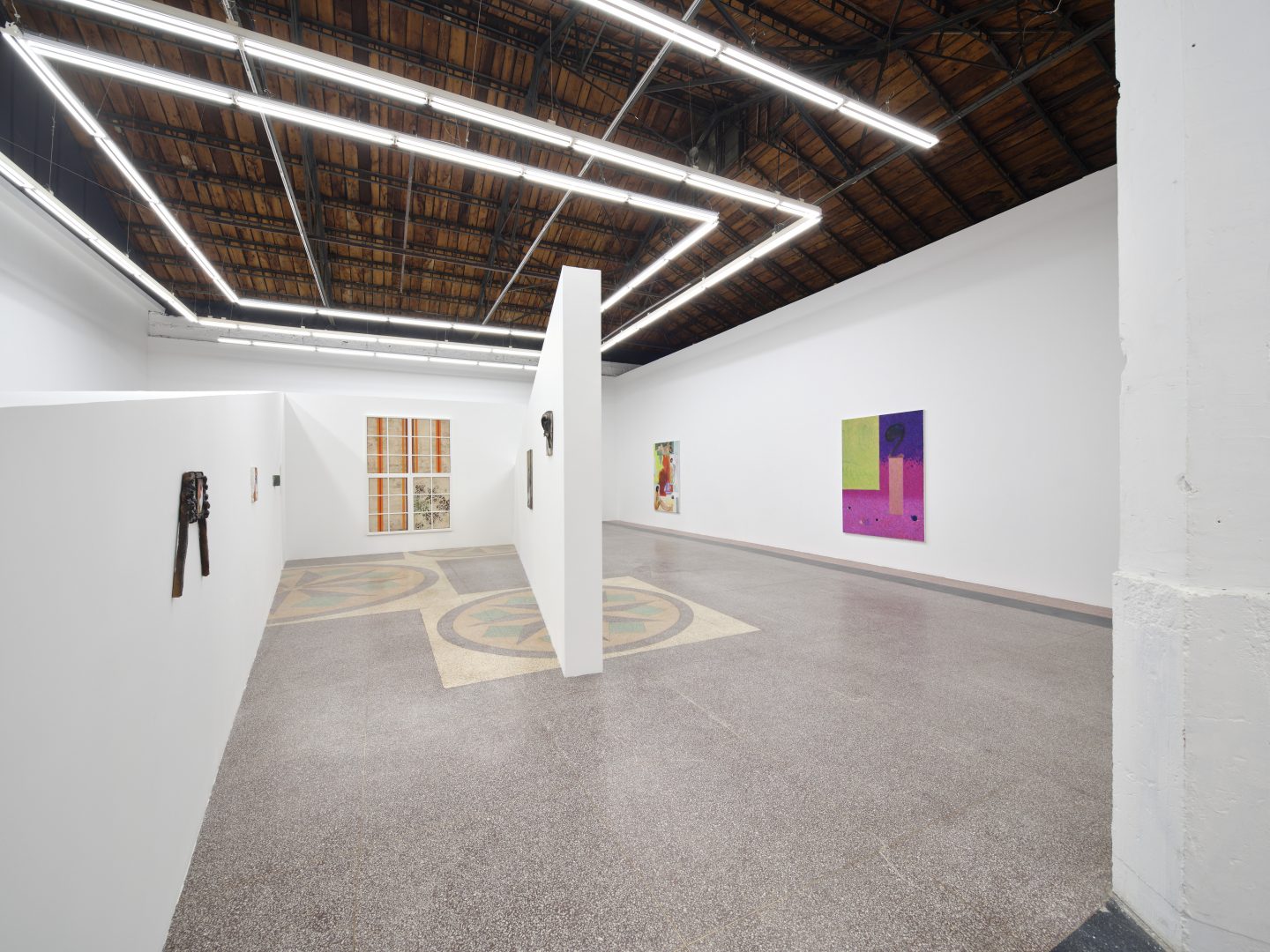2021.03.27 – 2021.05.29
Curator: Fiona He
House of Perception: Allison Katz, Zhou Siwei, Enzo Cucchi, Sanya Kantarovsky, Fredrik Værslev, Duan Jianyu, Xie Nanxing, Wang Xiaoqu
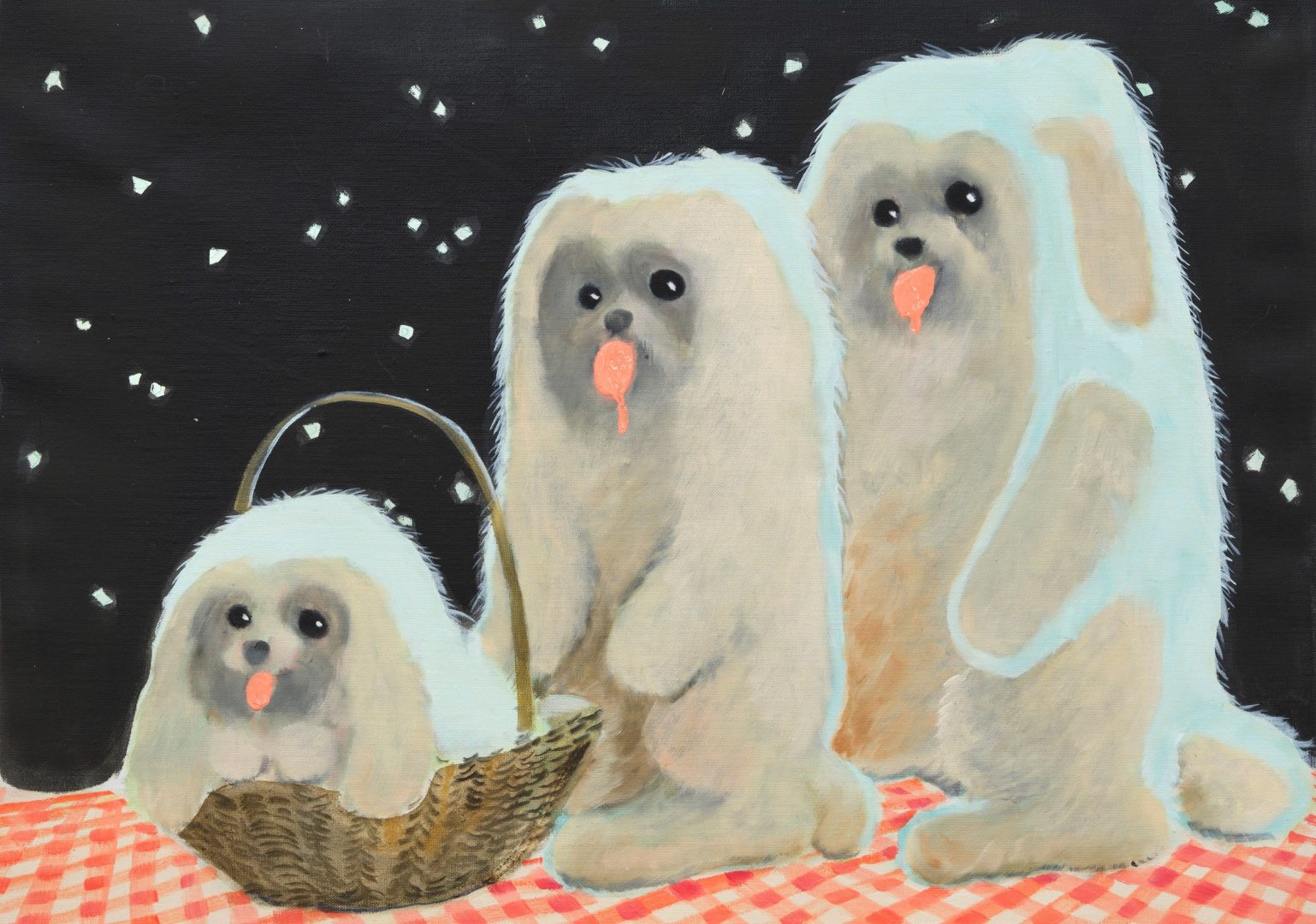
Antenna Space is delighted to present the group exhibition “House of Perception,” curated by Fiona He, showing works of eight renowned international and Chinese artists including, Enzo Cucchi, Allison Katz, Sanya Kantarovsky, Fredrik Værslev, Duan Jianyu, Xie Nanxing, Wang Xiaoqu and Zhou Siwei.
In The Doors of Perception Aldous Huxley accounts the wonders laid out before his eyes after took ¼ gram of mescaline – the psychoactive part of the San Pedro cactus also known as, peyote, opened the gates of a new world before him. Surprisingly, from the start, Huxley realized that this experience was not about himself or his modest personal history but were instead insights into the universe around him. In his own words, “the mind is primarily concerned, not with measures and locations, but with being and meaning…. Along with such indifference to space, there is an even completer indifference to time.”[1] These experiences allowed Huxley to coin the notion of the “mind at large,” sharing transtemporal and trans-local capacities with what many artists refer to as the “mind’s eye.” This nebulous notion often acts as the artists’ guiding force in organically synthesizing and transmitting the images of their consciousness. Likewise, it equally urges the viewer to discover one’s own mind through shared experiences and a receptive perspective.
“House of Perception” is a group exhibition inspired by Huxley’s quest to explore human consciousness. Presenting a selection of artworks from eight thriving artists – working in China and internationally – whose practices connect loosely on a two-dimensional plane. Ranging from one of the seminal figures of Italian Neo-expressionism to some of the most sought-after Chinese artists, their disparate practices are prisms of artistic pathos that unveil evolving concerns in politics, technology, the artistic medium, and the very zeitgeist of our time. In conceiving a framework that could accommodate such a roster of artists while bearing in mind Isabelle Graw’s notion of painting as the meta-medium, the exhibition adopts the notion of “house.” Each artist becomes a member of such a household.
While the presentation of these works acknowledges in one way or another our post-medium and post-internet conditions, it also questions to what extent artistic production is informed by established historical trends and isms. Particularly, with this international roster of artists, and their works referencing moments across history and cultures more than their own, the exhibition aims to open up channels for accessing a work of art. If we are to conceive an artist’s practice through the direct influence of teachers, educational background and cultural contexts, then the notion of “house” hopes to expand the scope that informs an artist’s becoming. This is likely to complicate the act of viewing and the extraction of meaning from relying on a specific set of historical and cultural references, especially in today’s digital age where all is accessible at an instant.
One can take an art history approach, investigating the practices that generate networks and genealogies. However, the viewer is equally encouraged to adopt a self-centered approach, akin to Huxley before he undertook his psychedelic experiment. Huxley observes that our “sensations, feelings, insights, fancies – all these are private and, except through symbols and at second hand, incommunicable. We can pool information about experience, but never the experiences themselves.”[2]
The exhibition is setup to intentionally render the context of a “house.” As some of the pictorial content suggests, its structure aims to resonate with Huxley’s experience in heightening one’s senses while approximating a place of “comfort” denoted by malaise. The “amenities” of the house, the personalities who live here, their social relationships, and their connection to a spiritual realm emanate complexities, paradox, and allegories beyond the conventional painting categories of portraiture, landscape, or still-life. In doing so, the setup and the works on view aim for active viewing and the discovery of meaning.
To the viewers of this exhibition, the moment you step into the “house of perception,” you will become our guest. We invite you to take the time to visit, to get to know each work as you would a person. Consider the works on view as “evidence” in a live investigation. Ask questions, eavesdrop on the conversations among them. Before you quickly assign any work to an artistic style, genre, ism or one of the great historical art masters, we encourage you to dig into your own experience, imagination and memories to create a “personalized” forensic report about the connections, personalities, and values of each individual artist and of this “household.”
The exhibition is curated by Fiona He
[1] Aldous Huxley, The Doors of Perception, Penguin Random House, 2004, p.9.
[2] Ibid, p.4.
Installation Views
Artworks
-
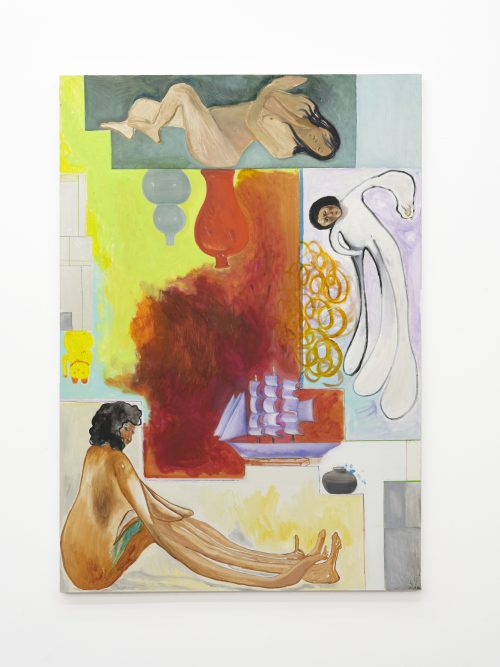
Women Hiding in the Wardrobe to Avoid Chores, 2021
Zhou SiweiOil, acrylic, pencil and water colour pen on canvas
200 x 140 cm作品信息Information -

Cozy, 2021
Wang XiaoquOil on canvas
50 x 60 cm作品信息Information -
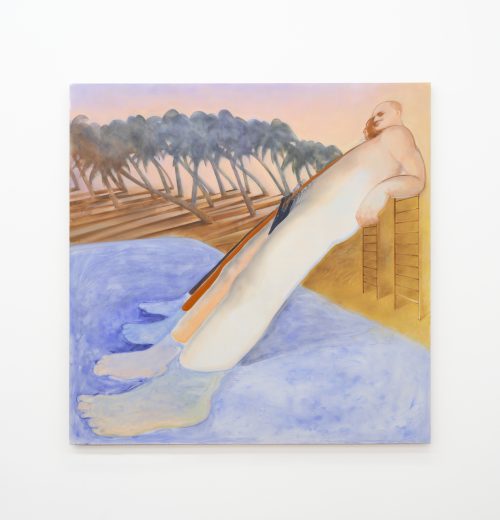
Wonderland, 2021
Wang XiaoquOil on canvas
180 x 180 cm作品信息Information -
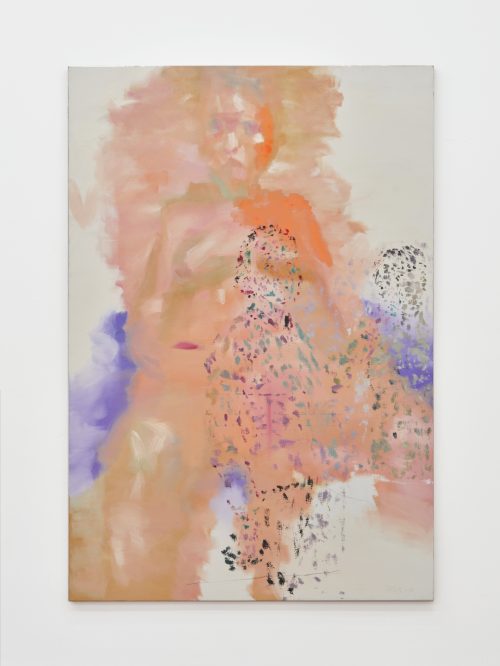
Portrait of X, 2018
Xie NanxingOil on canvas
190 x 150 cm作品信息Information -
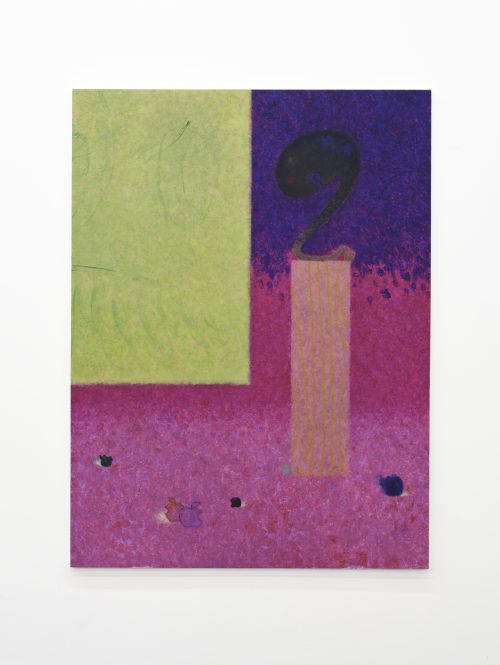
Zhou Siwei, Collector (40 years old), 2021
Zhou SiweiOil on canvas
200 x 150 cm作品信息Information -
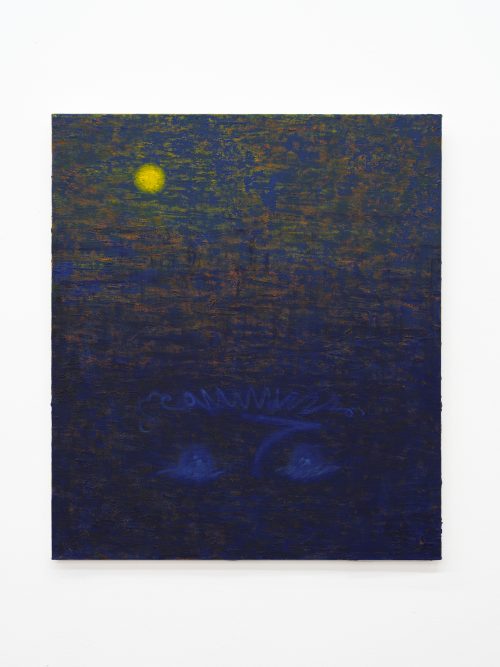
Zhou Siwei, Reflection (40 years old), 2020
Zhou SiweiOil on canvas
80 x 70 cm作品信息Information -

Guarda, 2019
Enzo CucchiOil on canvas
30 x 35 cm作品信息Information -
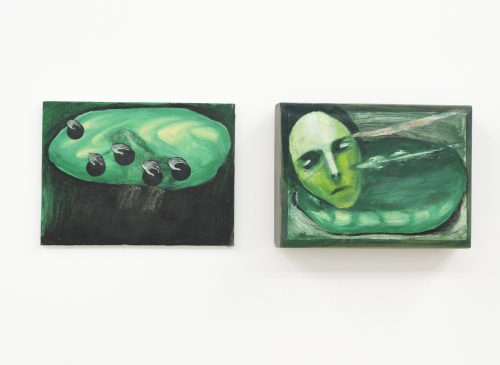
2R, 2016
Enzo CucchiOil on wood and canvas (diptych)
15 x 20 cm; 15 x 20 x 7 cm作品信息Information -
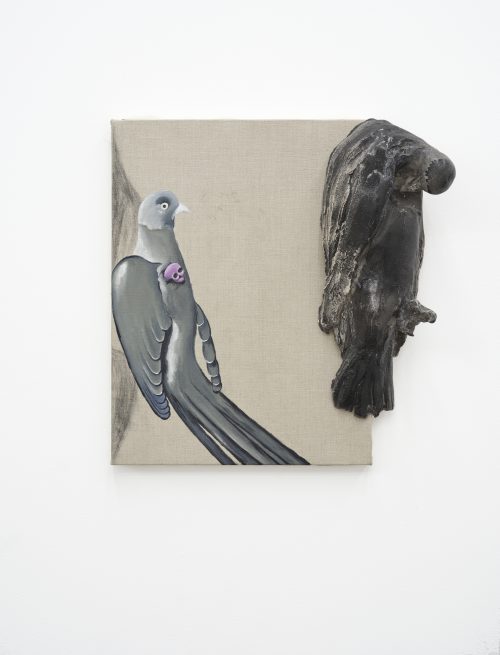
Untitled, 2018
Enzo CucchiOil and ceramic on canvas
40 x 38 x 10 cm作品信息Information -
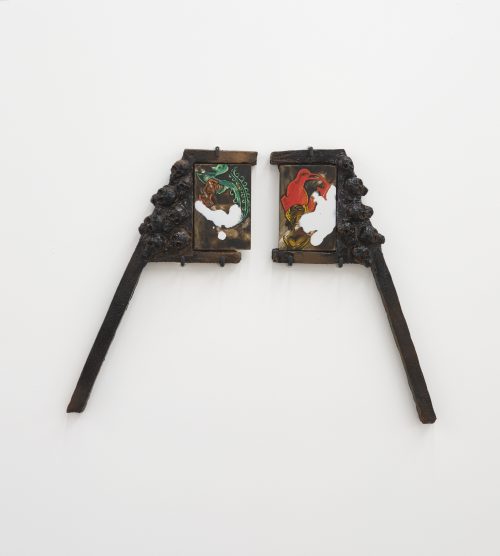
Untitled, 2019
Enzo CucchiOil on wood framed in a ceramic structure (diptych)
50 x 29 x 5 cm作品信息Information -
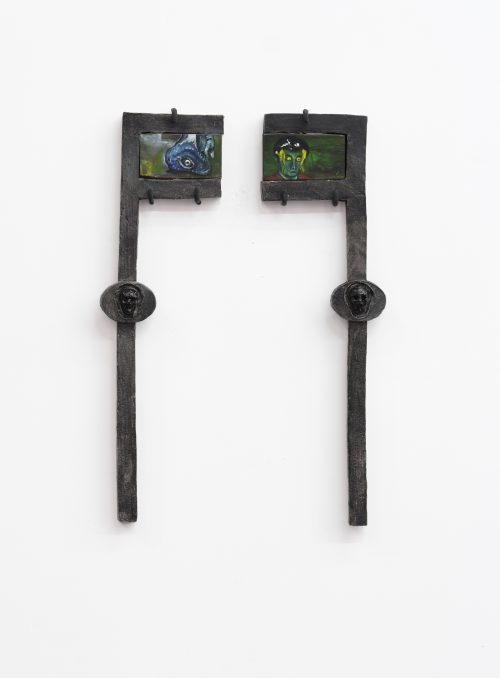
Untitled, 2019
Enzo CucchiOil on wood framed in a ceramic structure (diptych)
50 x 14 x 4.5 cm作品信息Information -

Allison Katz, The Dining Room at Monkton (Mae West Lips), 2021
Allison KatzOil and silkscreen on canvas
160 x 145 cm作品信息Information -

Allison Katz, Cabbage (and Philip) No. 25, 2020
Allison KatzOil on canvas
44 x 36 cm作品信息Information -
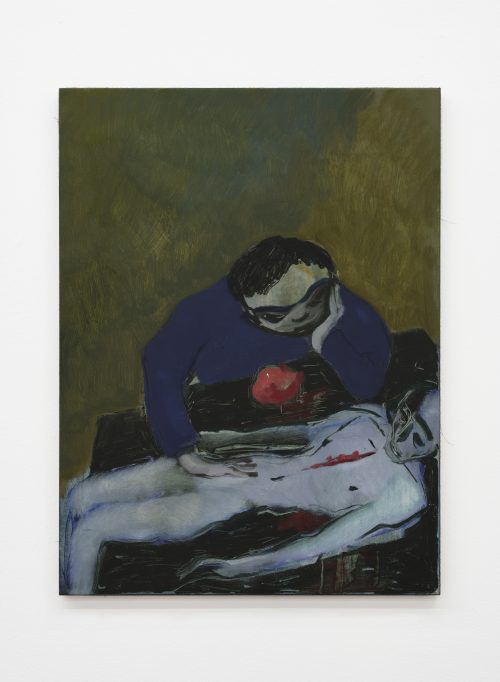
Heart, 2021
Sanya KantarovskyWatercolor and oil on linen
80 x 60 cm作品信息Information -
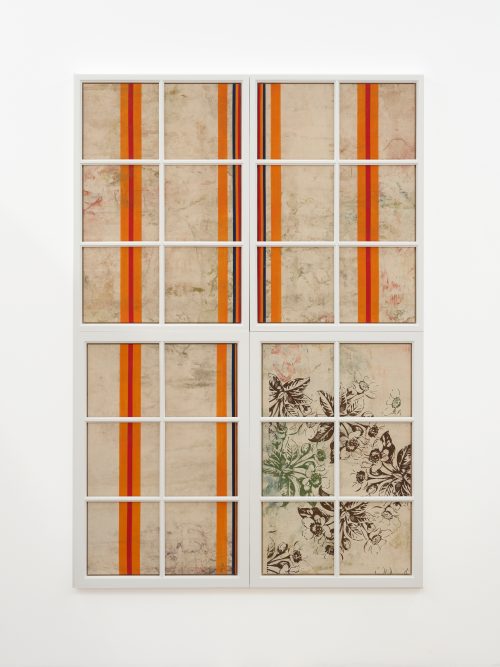
Fenstermalerei #1 (Window Painting #1), 2019
Fredrik VærslevSpray paint, acrylic paint and turpentine on cotton canvas, mounted in wooden frames
244 x 162 x 5 cm作品信息Information -
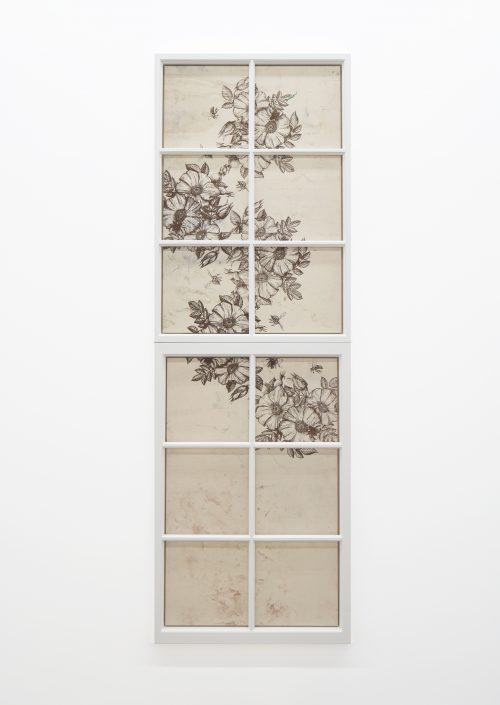
Fenstermalerei #2 (Window Painting #2), 2019
Fredrik VærslevSpray paint, acrylic paint and turpentine on cotton canvas, mounted in wooden frames
244 x 81 x 5 cm作品信息Information


